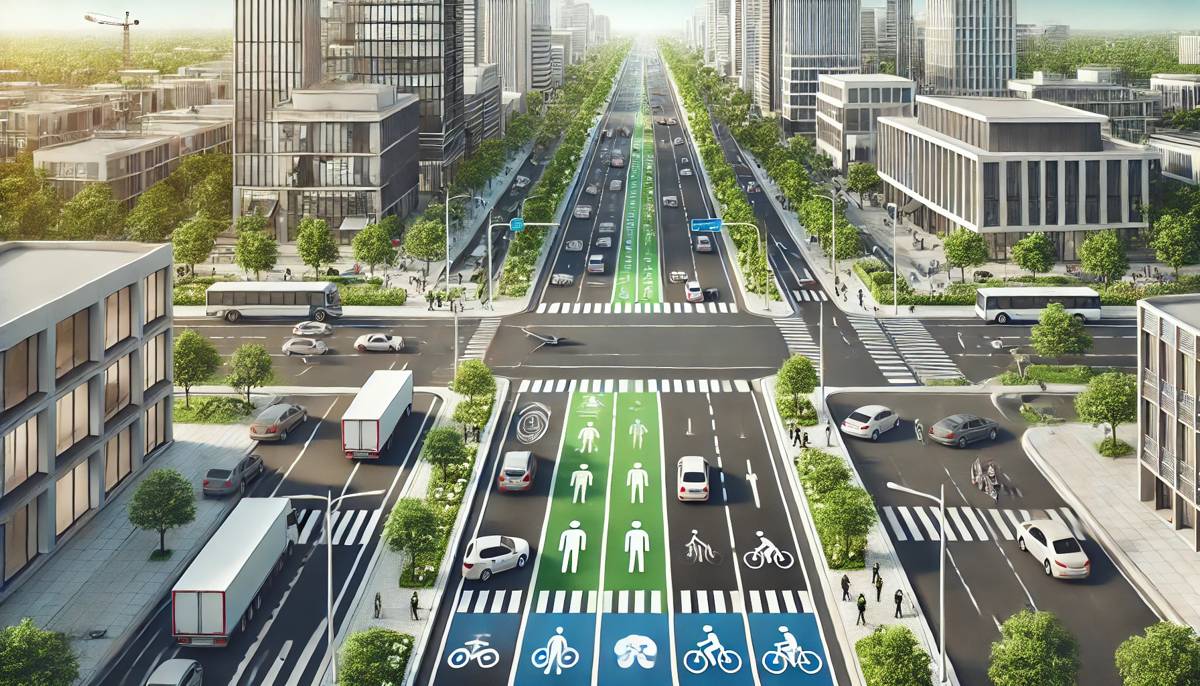Improving Road Safety with the Safe System Approach
For nearly three decades, the Safe System Approach framework has been used in communities around the globe to plan and implement infrastructure that reduce traffic fatalities. The principles used in the Safe System Approach have slowly been incorporated into projects in cities in the U.S. through Toward Zero Deaths and Vision Zero programs that aim to cut the number of traffic deaths to zero.
The Federal Highway Administration has adopted the Safe System Approach as a national strategy for achieving the USDOT goal of zero fatalities. Our challenge is now embracing the potential benefits of the Safe System Approach and moving our practice toward integrating safety throughout the project development process.
Senior Transportation Safety Engineer Beth Wemple and Traffic Engineer in Training Olivia Polinsky focus on the design of roads using state-of-the-art methods to improve the safety of the transportation system for all users. In the latest from HDR’s Experts Talk interview series, they discuss the history of Safe System Approach, the difference from traditional roadway design and how it can become more prevalent in the U.S. The article is available for republication on request.
“I think a lot of road design engineers feel that safety has been a priority,” Polinsky said. “But I would say it has not been enough of one. Vehicle operations tend to be the priority in conventional design, but the Safe System Approach provides a framework for considering safety of all modes throughout the project development process.”
“There’s movement by agencies to focus on safe mobility for all users,” Wemple said. “Our challenge is, to meaningfully do this, we will need to think differently, develop different priorities and ultimately make different decisions.”
HDR’s Experts Talk interview series shines a light on various aspects of transportation infrastructure design and delivery. Each subject matter expert offers unique expertise and insights about new and ongoing trends, emerging technologies and the human side of infrastructure.




















